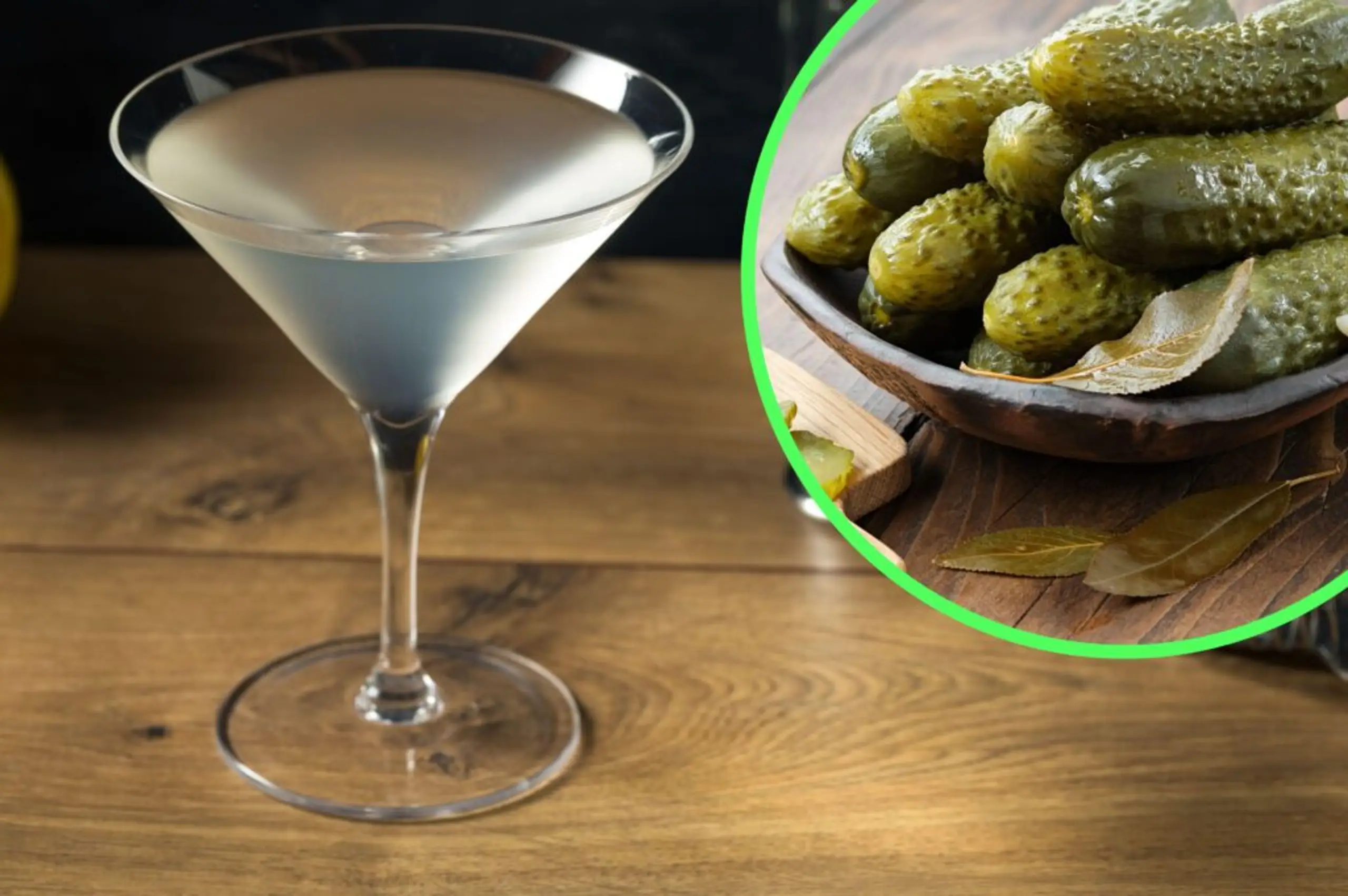Uncategorised
Why the world’s most expensive $3 million fish costs so much money
12 Jun 2019
5m
In Japan, the New Year is about much more than an excuse to get blind drunk and do something regrettable around midnight. Traditionally, January 1 not only marks the start and premature end of some highly questionable resolutions, but also the beginning of a brand new fishing season. In a country that’s famously obsessed with seafood, this is a big deal, leading to spectacular displays of fishy dedication. No event sums up this state of affairs more aptly than the legendary Tokyo tuna auction.
Every year, the world’s foremost tuna enthusiasts have historically flocked to Tokyo’s infamous and now defunct Tsukiji fish market, hoping to catch a glimpse of the first fish of the season. Tsukiji may have closed at the back end of 2018, but this year was no different, as patrons made a beeline towards the city’s new updated facility, proving that the tradition shows no sign of vanishing. What follows is a mad bidding war, as some of the nation’s most colourful and wealthy personalities go toe to toe in an attempt to win the finest catches for themselves. This year, competition culminated in a 612-pound bluefin tuna being flogged for an astonishing $3 million. It was the most any fish has ever sold for at auction.
By almost anyone’s reckoning, $3 million is an awful lot of money. However, when you’re paying that much for a fish that most people associate with $2 tins in the supermarket, that amount of money seems less like a solid investment and more like a sick joke. But, if you look a little deeper into the tuna industry, it becomes clear that there is a lot more to the world’s most expensive fish than wealthy men heading to Tokyo looking for an opportunity to show off.
For starters, it’s important to note that the annual fish auction is steeped in its own ceremonial traditions. It’s a generally accepted unwritten rule that participants will be paying over the odds just for the opportunity to get their hands on the first fish of the year, but that the sacrifice is worth it for the privilege of taking part. For instance, this year’s winning bidder – Kiyoshi Kimura, who runs the Sushi Zanmai chain – regularly competes in the competition and has won several auctions in the past. However, despite asserting that, “the quality of the tuna I bought is the best,” even Kimura admitted that $3 million for a single fish was much more than he was expecting.
Perhaps the most obvious aspect of the exaggerated pricing comes from the type of tuna itself. Unlike the tuna that you’ll typically see lining store shelves, bluefin is the best of the best. Huge, long-lived and full of flavour, they are the kings of the sea, famous for their heavily marbled flesh and, when properly cared for, distinctive and complex flavour. Tuna tins, by contrast, typically come from much smaller species such as albacore, that are fast-growing and easy to catch. While bluefins can grow to almost 10 foot and tip the scales at about half a tonne, albacore barely reach more than three foot and weigh only 110 pounds. The two animals are worlds apart.
It is because of bluefin’s famous flavour and distinctive flesh that it is the most sought after ingredient for the world’s high-end sushi restaurants. Known as “toro”, the meat is considered a key component of any sushi menu worth its salt. However, even among bluefins, not all toro is created equal. According to Derek Wilcox, chef at Shoji in New York, where you source your tuna can be just as important as what you buy. In an interview with Insider, Wilcox revealed that the most expensive bluefin invariably comes from Oma in Japan, and can cost as much as “$400 a pound”. Unsurprisingly, the $3 million fish was an Oma tuna, harvested in peak season.
There is also a more subtle reason why Japanese fish sits at the top of the tuna tree. Aside from the quality of the meat, Japanese bureaucracy typically means that the fish has to swim through more legal hoops than elsewhere, often going from the fisherman to a collective and to the government who run the auction itself. After bidding, the fish can even end up going through several different wholesalers, before eventually making its way into a restaurant and onto your plate. With every stage, an extra few dollars are added to the price, explaining how it can snowball so rapidly. In his Insider interview, Wilcox also noted that “All high-end fish are auctioned in Japan. Fish that’s more sought after, that’s caught in a better place, that’s handled better, that’s clearly better quality will go for a higher price, and…fisherman will get more of the money.” It might make it more costly, but the general consensus is that the Japanese approach is ultimately better for the consumer.
As much as the process contributes towards the exorbitant price tag, there is another, less palatable reason why a 612-pound bluefin might now cost $3 million. As demand for sushi has grown around the world, the pressure to fish more bluefin has ratcheted up to the point where the species itself is under serious threat. Some estimates suggest that Pacific stocks have been depleted by as much as 96 per cent, putting bluefin on the verge of extinction. As the animals become increasingly difficult to find, so too does the price increase. As Jamie Gibbon, associate manager for global tuna conservation at The Pew Charitable Trusts, told NBC News, “the celebration surrounding the annual Pacific bluefin auction hides how deeply in trouble this species really is.”
The sight of anything being sold for $3 million, let alone a fish, is understandably going to attract attention. However, as we begin to understand more about our oceans, it’s becoming clear that the price we’re paying may be more than monetary. The pomp and ceremony of the auction is certainly a spectacle. But if we don’t act quickly, it looks like the days of seafood bidding wars may well be numbered.



